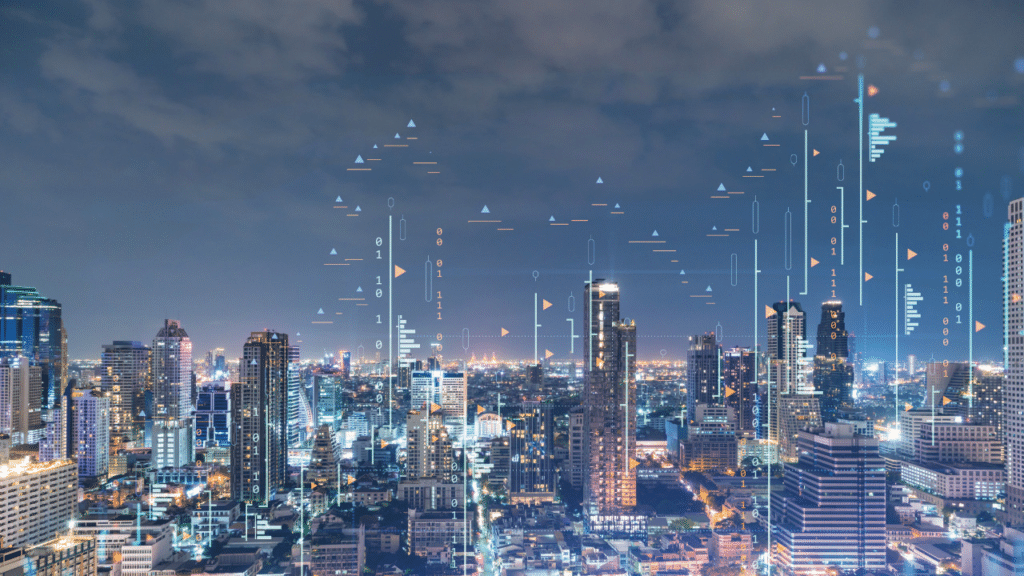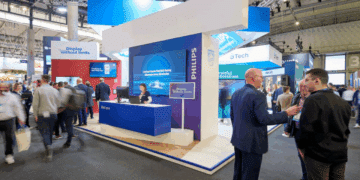TDSi have taken a look at some of the emerging trends in the world of Access Control and offer an insight as to what else may come in 2024
“It’s fair to say that 2024 has continued the 2020s trend of global instability and uncertainty. Ironically though, the Integrated Access Control and Security sector has so far proven to be altogether more settled!
“Naturally, the ongoing war in Ukraine and the unstable situation in the Middle East are of concern for us all, add to that the ongoing Climate Emergency and a major election later this year in the USA, there is potentially even more instability to come as summer (finally) approaches.
“It’s at times like this where the security industry can add some much-needed stability and greater reassurance that people and property are better protected from preventable threats.
“There are some exciting trends and technologies that are taking centre stage in the efforts to add peace of mind in an unpredictable world:
Intelligently integrated Security Solutions
“While the concept of integrating security measures is not a new one, the rapid advancements in AI and Machine Learning have significantly enhanced the accessibility and functionality of comprehensive intelligent security solutions.
“Through the integration of Access Control Systems, Surveillance Systems (CCTV), Intrusion Detection Systems (IDS), Perimeter Security, Alarm Systems, and Smart Building Technologies with AI-powered technology, automated facilities management has reached unprecedented levels.
“As property management undergoes continuing transformation and evolution, the significance and importance of this level of automation will continue to grow.
“For example, it simplifies numerous repetitive and labour-intensive tasks traditionally managed by human operators (tasks that people often struggle to monitor effectively), while improving accuracy and responsiveness. Additionally, these systems offer cost-effective solutions, making them particularly well-suited for these times of heightened economic constraints and reduced budgets.
Greater use of NFC and mobile credentials
“The widespread adoption of Apple Wallet and Google Wallet has been remarkable. With 227 million and 100 million users respectively, these secure payment and token technologies enable the majority of smartphones to replace traditional bank cards, physical keys, or tickets with a highly secure and convenient alternative.
“By securely transmitting credentials to smartphones and enabling remote access management, these platforms naturally align with security systems.
“These technologies are well-suited for providing access to workplaces, hotel rooms, short-stay accommodations (such as Airbnb), leisure facilities, and secure delivery/collection points.
“At TDSi, for instance, we are exploring further applications of access control systems and their integration with other building services, utilising smartphone authentication as a primary method. The potential applications are virtually limitless. With the increasing popularity and user familiarity of these systems, their usage is anticipated to significantly expand in the years ahead and beyond.
Cloud-based security systems and Security as a Service
“One of the most notable shifts in business systems since the pandemic has been the significant move towards Cloud-based solutions, a trend that has also influenced security systems.
“Transitioning security systems to the cloud offers several key benefits, including rapid and seamless scalability, extensive accessibility, cost-effectiveness, enhanced cybersecurity measures, robust disaster recovery and redundancy capabilities, and user-friendly interfaces.
“Cloud hosting also enables the adoption of Security as a Service (SaaS), which aligns well with the needs of our rapidly evolving world. With a fixed monthly fee providing the appropriate level of security without further overheads or big capital expenditure costs, SaaS is especially suitable for industries like real estate and organisations adjusting to flexible hybrid working models.
“Its quick deployment capabilities ensure that security providers can monitor and address issues remotely with minimal disruption, particularly crucial in a world facing global political and economic uncertainties.
Closer integration with PropTech systems
“The integration of PropTech (Property Technology) systems in property management, construction, smart buildings, and real estate analytics aligns well with integrated security systems, particularly as the landscape of property rental is seeing noticeable changes across the residential, commercial, retail, industrial, healthcare, and leisure sectors.
“The continued popularity of hybrid working arrangements for instance (as evidenced by Office for National Statistics figures showing 44% of workers engaged in home or hybrid working), not only impacts workplaces but also influences people’s choice of where they live too.
“Property owners are increasingly under pressure to differentiate their offerings and embrace greater flexibility in leasing arrangements. The data and insights generated by security systems, including occupancy levels and facility usage, can prove invaluable in the optimisation of utility management.
“Also, the use of more adaptable and user-friendly access control systems, such as mobile device authentication and credentials, enhances the scope of property management.
On a broader scale, the successful realisation of Smart Cities relies even more on suitable security systems, a consideration that forward-thinking security providers must recognize and incorporate into their strategies moving forward.
Focusing on national and critical infrastructure
“Undoubtedly, safeguarding national and critical infrastructure — including areas like national security facilities, nuclear facilities, military installations, hospitals, healthcare centres, data centres, and utilities — remains paramount.
“Yet, in an era marked by increased global instability and economic strains, it becomes imperative for security protocols to adapt to potentially heightened threats.
“The conflict in Ukraine serves as a stark reminder that even critical civilian infrastructure remains a prime target for malicious actors, necessitating top-tier security measures to fend off potential attacks.
“Whether stemming from unfriendly foreign powers, terrorists seeking to apply pressure or extortion, or criminals aiming to exploit valuable assets or resources, the need for robust security measures cannot be overstated.
“Furthermore, the growing integration of cyber and physical security systems introduces the risk of cyber-physical attacks, wherein malicious actors exploit vulnerabilities in both cyber and physical components to compromise critical infrastructure.
“Insider threats are also a worry, where individuals with access to sensitive areas or information may pose intentional or unintentional risks by compromising security
Greater certainty in an uncertain world
“In times of heightened global uncertainty, we all naturally seek reliable security measures to instil a sense of confidence. Intelligently and strategically deploying suitable security systems contributes to improved stability for us all – something which is especially important at the moment.”
To read more TDSi news, click here.





